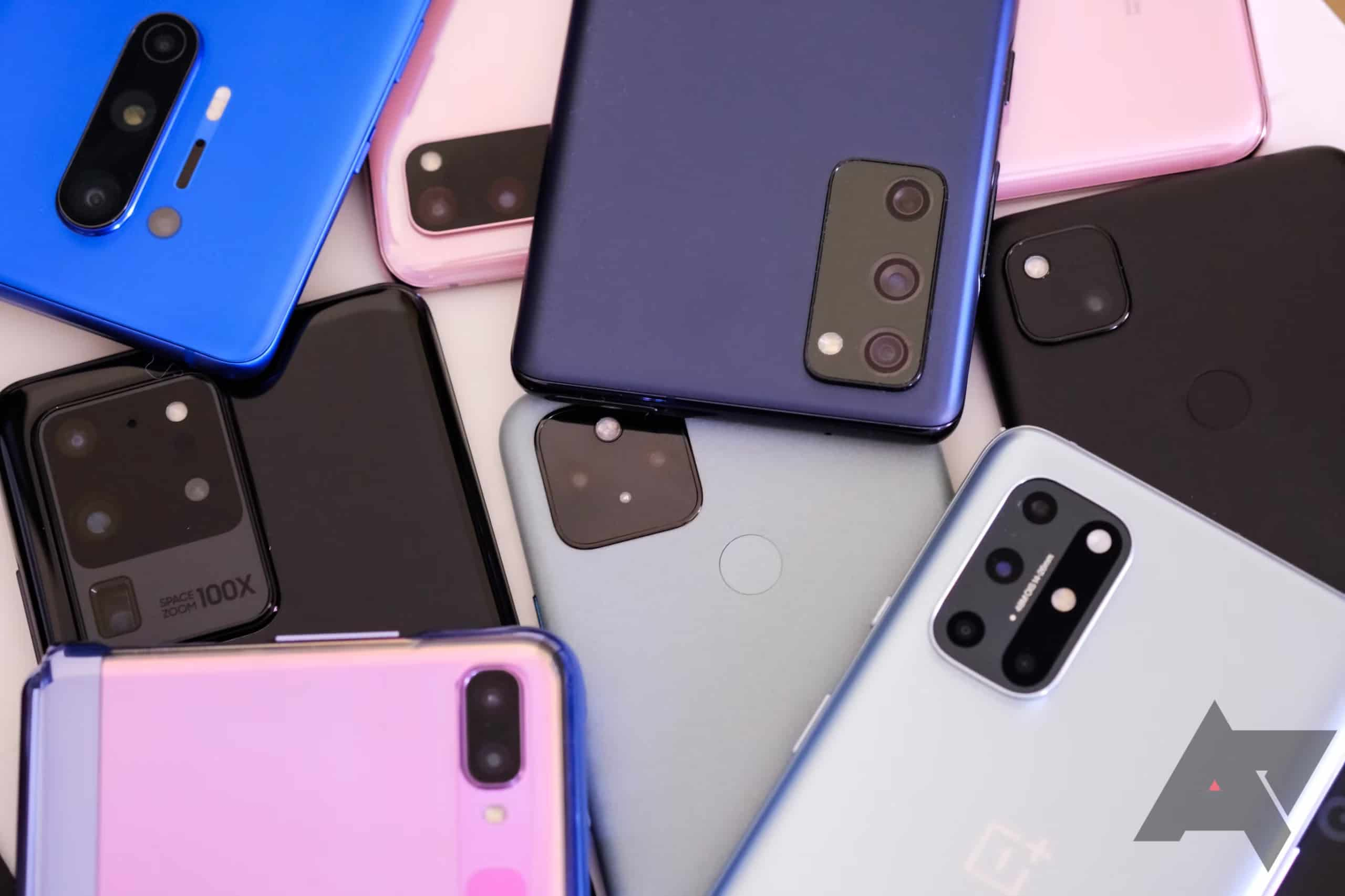In today’s fast-paced technological landscape, smartphones have become indispensable tools that we upgrade frequently. Whether you’re looking to get the latest model or simply need some extra cash, […]
Popular Posts
Trending Posts
Recent Posts
Editors Choice
Buying a Used Android Phone? Use These Secret Codes to Check Its Real Condition
Sometimes, due to financial constraints or other reasons, buying a brand-new phone isn’t an option. In such situations, opting for a second-hand smartphone can be a viable and […]

